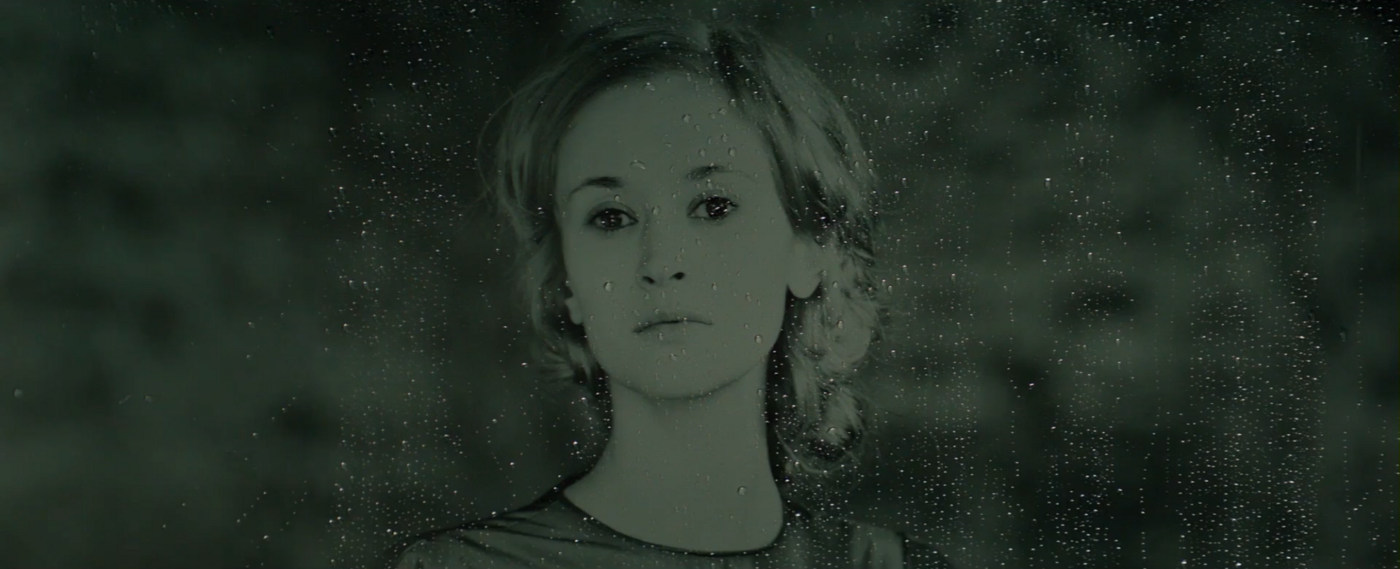Daguerrotype (Kurosawa Kiyoshi, 2016)

Halloween may have passed but it’s always a good time to watch a creepy movie by a great director, and that exactly what Daguerrotype by Kurosawa Kiyoshi is. The artiest of the filmmakers to emerge in the J-Horror boom of the late 90s, or at least the one most likely to win awards at Cannes, Kurosawa’s formal precision and methodical rhythms have earned him comparisons to the usual suspects (Kubrick, Tarkovsky), and films like Cure and Pulse are indeed a far cry from the free-wheeling genre hysterics of Miike Takashi and Sono Sion. This isn’t his latest film (that would be Before We Vanish, which premiered this year, at Cannes), but rather the one that premiered last year, at Cannes, around the same time his other 2016 film, Creepy, was playing here at SIFF.
Daguerrotype finds the director working in France, in French and with an all-European cast (the French title, Le secret de la chambre noir gives a much better sense of the film’s eerie vibe). Tahar Rahim plays a young man who gets a job assisting a photographer (Dardennes regular Olivier Gourmet) at his suburban mansion (or “old house with some land”). The photographer uses 19th century equipment and techniques to create life-sized and disturbingly life-like photographs of his daughter (Constance Rousseau), which require dressing her in old dresses and locking her into place using a terrifying brace so that she can remain totally immobilized for the inordinately long exposure times the daguerrotype process requires (they start at an hour and get longer as the film goes along). He previously used the process on his wife, now deceased and possibly haunting the house. The young man falls in love with the daughter, who wants to be a gardener, and so a real estate scam begins. The movie is essentially a film noir, except instead of Lana Turner seducing a working class guy into murdering her husband, it’s a ghost (or two) doing the seducing. Call it “The Ghost-man Always Rings Twice”.
But, like any film noir or horror film, to reduce it to its plot is to highlight its essential absurdity. Daguerrotype is far more mysterious an object than that, a black hole of a movie that sucks you in with the gravity of its deliberate movements, then revels in the terror that is the absence of explanation. Possible interpretations of the facts of the film abound (perhaps too many), but mostly it seems to come down to an act of revenge against the impulse to freeze things in time and place, to stop the gradual process of change, both men ultimately driven by an obsolete patriarchal desire to lock women down, as wives, daughters, lovers, subjects. The entropic destruction of the father is inverted in the panicked scheming of the worker, both leading to their inevitable and not especially surprising doom. But perhaps most upsetting is that there’s no satisfaction to be found in this revenge, no cathartic joy at the destruction of an immoral system. The ghosts seem to be just as scared as we are.
